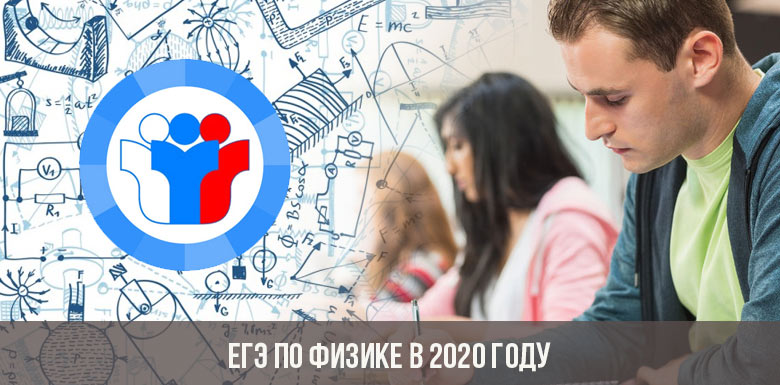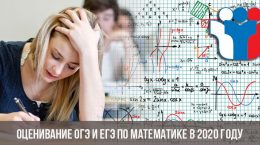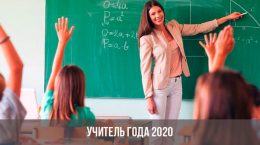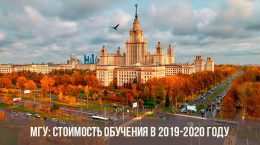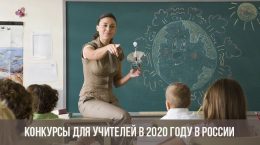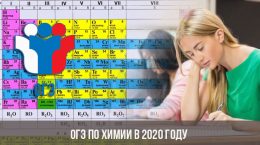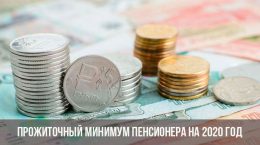Content
Among the 11th graders of 2020, many will decide to take the Unified State Exam in Physics and today we propose to discuss whether the FIPI plans to change the structure of KIMs, when the exam will take place (the date of the main period) and what training should be for graduates planning to submit documents to rating universities in Russia.
Should I take physics?
In 2020, physics promises to be one of the most popular USE subjects of choice, because such a certificate can open the doors of future universities to universities of various directions.
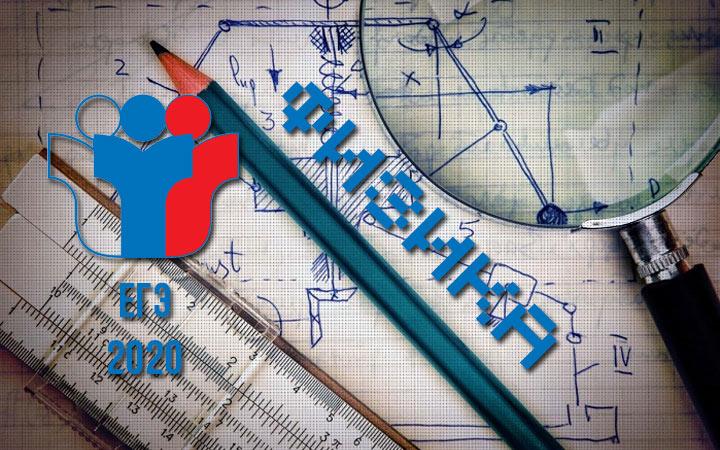
So, physics will be necessary for those who have chosen for themselves:
- engineering specialty at one of the polytechnic universities;
- physics (in all its directions);
- some areas of IT;
- geology;
- aviation and space.
In 2019, about 174,000 people passed this subject at the USE, which puts physics in second place in the ranking of the popularity of elective disciplines (after social studies, which was chosen by 385,000 graduates).
Important! In conjunction with physics, it is necessary to take mathematics of a profile level. Read more about the structure and features of the exam in the article “USE in mathematics in 2020».
the date of the
For early period The draft GIA schedule for 2020 sets the following dates:
- main day - 03/30/20 (Monday);
- reserve - 04/10/20 (Friday).
For main period the following dates are set:
- main exam - 06/16/20 (Tuesday);
- reserve - 07/01/20 and 07/03/20.
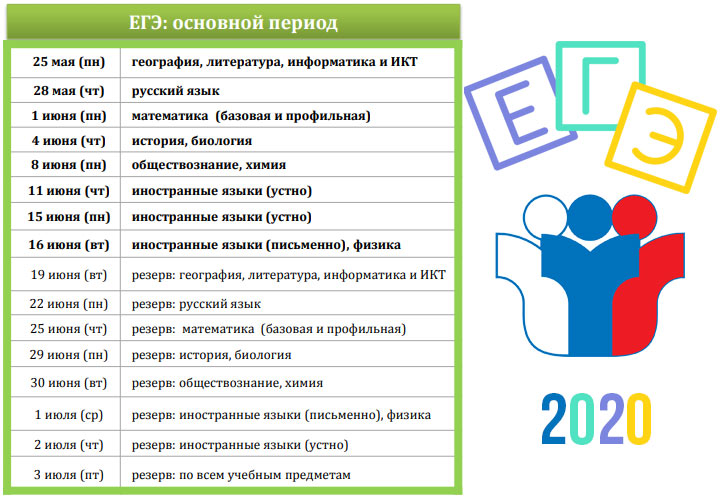
Please note that in the preliminary calendar, which Kravtsov presented during his report, there are two subjects on one day - physics and foreign languages. This means that graduates who wish to receive certificates in two subjects will have to take one of the disciplines on a reserve day.
What will be the dates of the physics test in the framework of the preliminary session of 2020 will be known closer to November.
For the subject "physics" (as well as for other disciplines of choice) autumn retake is not provided. In September, 11th graders will receive their last attempt to overcome the minimum threshold for compulsory exam subjects - the Russian language and mathematics.
2020 Exam
Please note that in KIMs of the Unified State Examination 2020 in physics some changes are planned. The innovations announced by the FIPI will be insignificant and will not affect the structure of the exam ticket.
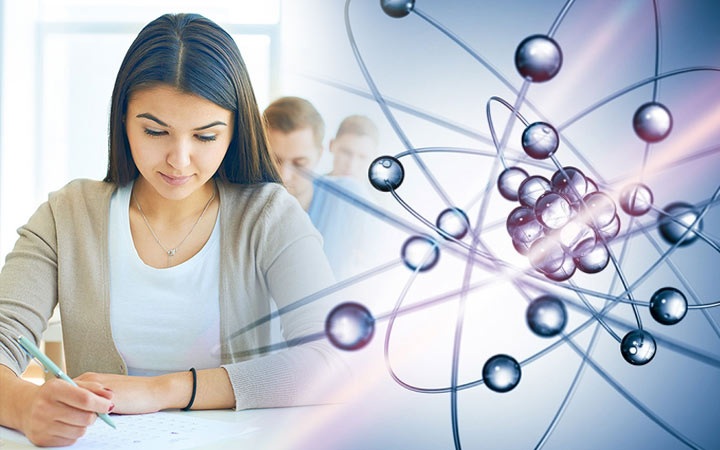
Innovations
In the coming year in KIMs in physics 11-graders expect two innovations.
There will be 6 tasks with a detailed answer (instead of 5 in 2019). The answer to the calculation problem from the course of mechanics should now be deployed. Accordingly, for the correct completion of the task it will be possible to get 2 primary points.
Task number 24 in astrophysics will be formulated somewhat differently. Now the condition will not indicate the exact number of correct answers. There may be 2-3, depending on the question posed.
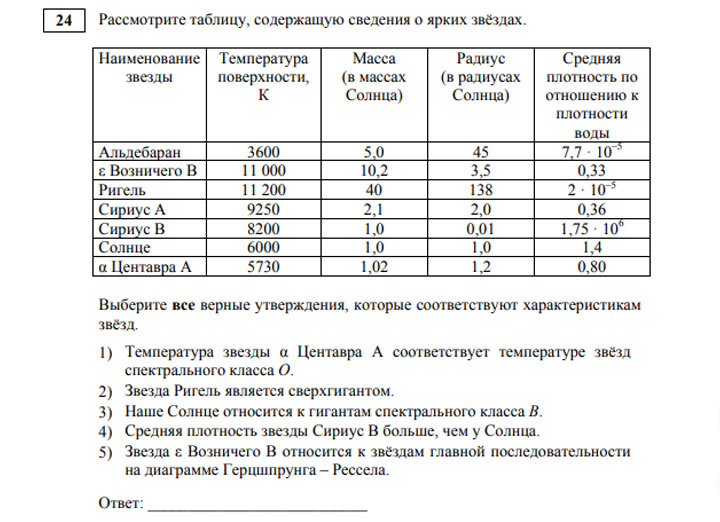
Format and regulations
All basic norms of the exam in physics in 2020 will remain unchanged:
- 3 hours 55 minutes (235 minutes) are allotted for the performance of work;
- in KIM there are a total of 32 tasks of different difficulty levels;
- the maximum primary point in physics is 53 (corresponds to 100 certificate points);
- to obtain a certificate you must score at least 36 out of 100 possible text points;
- KIM provides reference materials that are allowed for use (table of decimal prefixes, basic constants, metric ratios of quantities, particle masses, astronomical values, density, specific heat and specific heat, molar masses, as well as indicators of normal conditions);
- it is allowed to use a non-programmable calculator with the ability to calculate trigonometric functions.
KIM structure
Graduates who pass the Unified State Exam in Physics in 2020 may well use the materials developed for the exams in 2018 and 2019 for preparation, since no changes are foreseen in the structure of KIM itself and the wording of most tasks will remain the same.
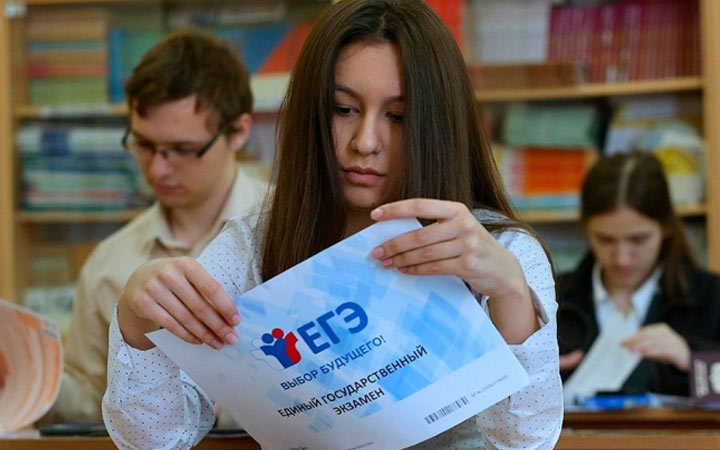
The ticket, divided into two parts, will offer 32 tasks of different difficulty levels.
Part | Number of tasks | Response type |
І | 24 | brief |
ІІ | 8 | short, detailed |
Among the tasks of the 1st part, in 13 the answer will need to be written down as a number, a sequence of numbers or a word, and in 11 - to establish mutual correspondence or to make a multiple choice of the correct options.
Among the tasks of the 2nd part, only No. 25, 26 suggest a short answer, and the remaining six (No. 27-32) - a detailed one.
Distribution by difficulty level:
Level | Number of tasks |
Base | 21 |
Elevated | 7 |
Tall | 4 |
The distribution of theoretical blocks:
- mechanics - from 9 to 11 tasks;
- electrodynamics - from 9 to 11;
- molecular physics - from 7 to 8;
- quantum physics and astrophysics - from 5 to 6.
Grading
Having completed all 32 KIM tasks correctly, you can get 53 primary points, which will be interpreted as a 100-point result in the certificate.
Primary points for tasks of I and II blocks will be awarded as follows:
Points | Tasks |
1 | № 1-4, 8-10, 13-15, 19-20, 22-23, 25-26 |
2 | № 5-7, 11-12, 16-18, 21, 24, 28 |
3 | № 27, 29-32 |
Answer form No. 1 will be digitized and verified automatically. It is impossible to appeal to this type of verification. The blame for not recognized by the computer (or recognized as incorrect) answers lies entirely with the examinee, so you must be as careful as possible when filling out the form.
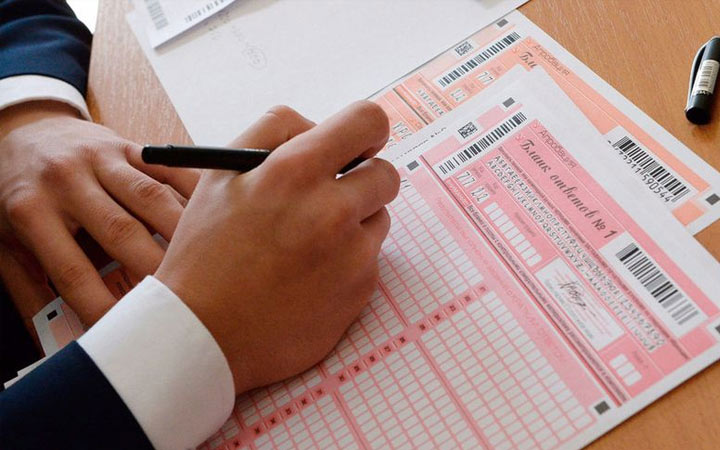
Tasks with detailed answers will be checked by experts, guided by the assessment scale developed by the FIPI. If the opinions of two experts who checked the work independently of each other differ significantly, then a third specialist will be involved in the verification, who will recheck only controversial tasks.
You can appeal to the verification of the 2nd part if you are completely confident in your rightness and are ready to defend the missing points in front of the expert commission.
Training
Physics is one of those USE subjects that cannot be passed to a high score without thorough preparation, because the exam covers a fairly large amount of theoretical material and requires graduates to have a well-trained skill in solving typical and non-standard problems.
Three basic principles will help a graduate succeed:
- good theoretical background;
- systematic preparation;
- experienced teacher.
Yes, physics refers precisely to those subjects of the Unified State Examination, which are better prepared for under the supervision of an experienced teacher. Only a good tutor who knows how to captivate the subject, explain in simple words very complex things and build an individual training line for the student will be able to provide the maximum possible result. It should be borne in mind that group classes will be effective only if there is good basic training and the readiness not to “go with the flow” of the team, but to work at a faster pace. If there are gaps in knowledge and individual topics need to be given more time, it is more efficiently prepared according to an individual program.
Is it possible to independently prepare for the Unified State Examination 2020, and what pitfalls does graduates prepare for who prefer a self-taught physicist? This question arises in many 11th graders.After all, individual tutoring with a tutor is not a cheap pleasure, and the pace of group classes may not always match your speed.
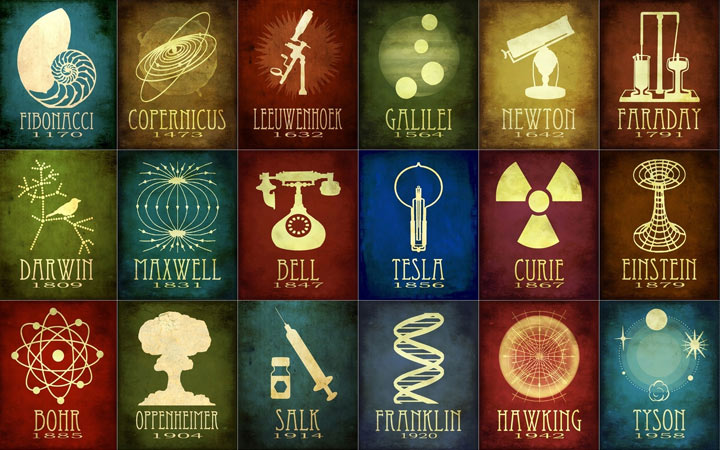
So, if you decide to prepare yourself, the following will be useful:
- special editions for the Unified State Exam 2018, 2019 and better than 2020;
- open task bank on the FIPI website (fipi.ru);
- demos of the Unified State Exam 2020 as well as 2018 and 2019 (the structure and content of KIMs are very close except for the two tasks that were mentioned earlier);
- online tutorials, demo streams, and thematic lectures to help you better understand complex topics.
Advice! At the preparation stage, use the calculator that you plan to take with you for the exam. Also pay attention to which of the necessary data can be found in the provided additional materials, and what is worth learning in advance.
In the course of practical training, pay special attention to tasks of a combined type, for the solution of which it is necessary to accumulate knowledge from different directions. Also, be sure to delve into topics from a mathematics course that are inextricably linked with physics (function graphs, function limits, differentiation, integration, etc.).
The main problem of the guys who study independently is the absence of a person nearby who can tell if they are at a dead end and point out the mistakes made during the solution (we do not always get the “right” answer in the course of the right solution), but when checking the 2nd part each stage is taken into account in the course of solving the problem.
What should be the logical chain of reasoning when solving the tasks of the Unified State Examination in physics, and what aspects should be paid special attention to, see the detailed analysis of the 2020 demo version:
Read also:

